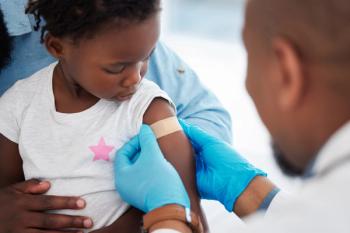
Vaccines work, but parents still don’t participate
Since it was first implemented in 1994, the Vaccines for Children (VFC) program is estimated to have prevented 322 million illnesses, 21 million hospitalizations, and 732,000 deaths for a net savings of $295 billion in direct costs and $1.38 trillion in total societal costs, making it one of the most effective tools for improving the health of our children, according to a recent report from the Centers for Disease Control and Prevention.
Since it was first implemented in 1994, the Vaccines for Children (VFC) program is estimated to have prevented 322 million illnesses, 21 million hospitalizations, and 732,000 deaths at a net savings of $295 billion in direct costs and $1.38 trillion in total societal costs, making it one of the most effective tools for improving the health of our children, according to a recent
One of the reasons for its high efficacy, the report says, is that the VFC program removed financial and logistical barriers hindering vaccination for low-income children, thereby helping to keep coverage for many childhood vaccine series near or above 90%.
In spite of such proven success, many children still go unvaccinated, whether because of caregivers’ religious beliefs, fears of adverse effects or an association with autism, or other personal beliefs. Even full-scale epidemics don’t seem to change vaccination rates.
For example, in a
Experts are finding that the benefits of vaccines are far reaching. A recent randomized
Researchers from Baylor College of Medicine in Houston, Texas, gave the Tdap vaccine to 33 pregnant women and a placebo shot to another 15 pregnant women. The babies born to the vaccinated moms had protective levels of antibodies in their blood for the first 2 months of life, essentially protecting the infants until the DTaP childhood vaccination series could begin. No adverse events occurred, and the Tdap vaccine did not alter infant response to the DTaP series.
To get weekly clinical advice for today's pediatrician,
Newsletter
Access practical, evidence-based guidance to support better care for our youngest patients. Join our email list for the latest clinical updates.










